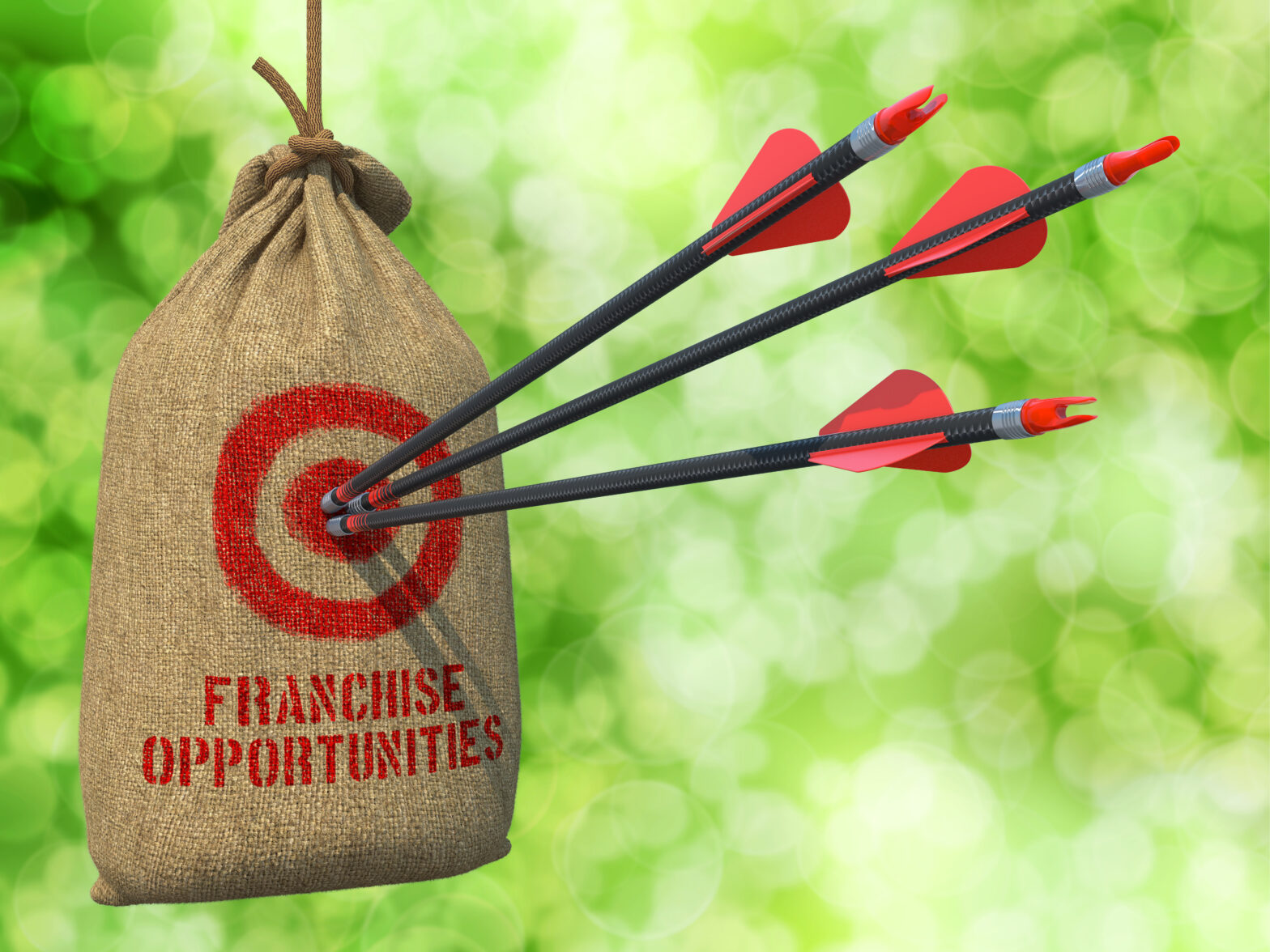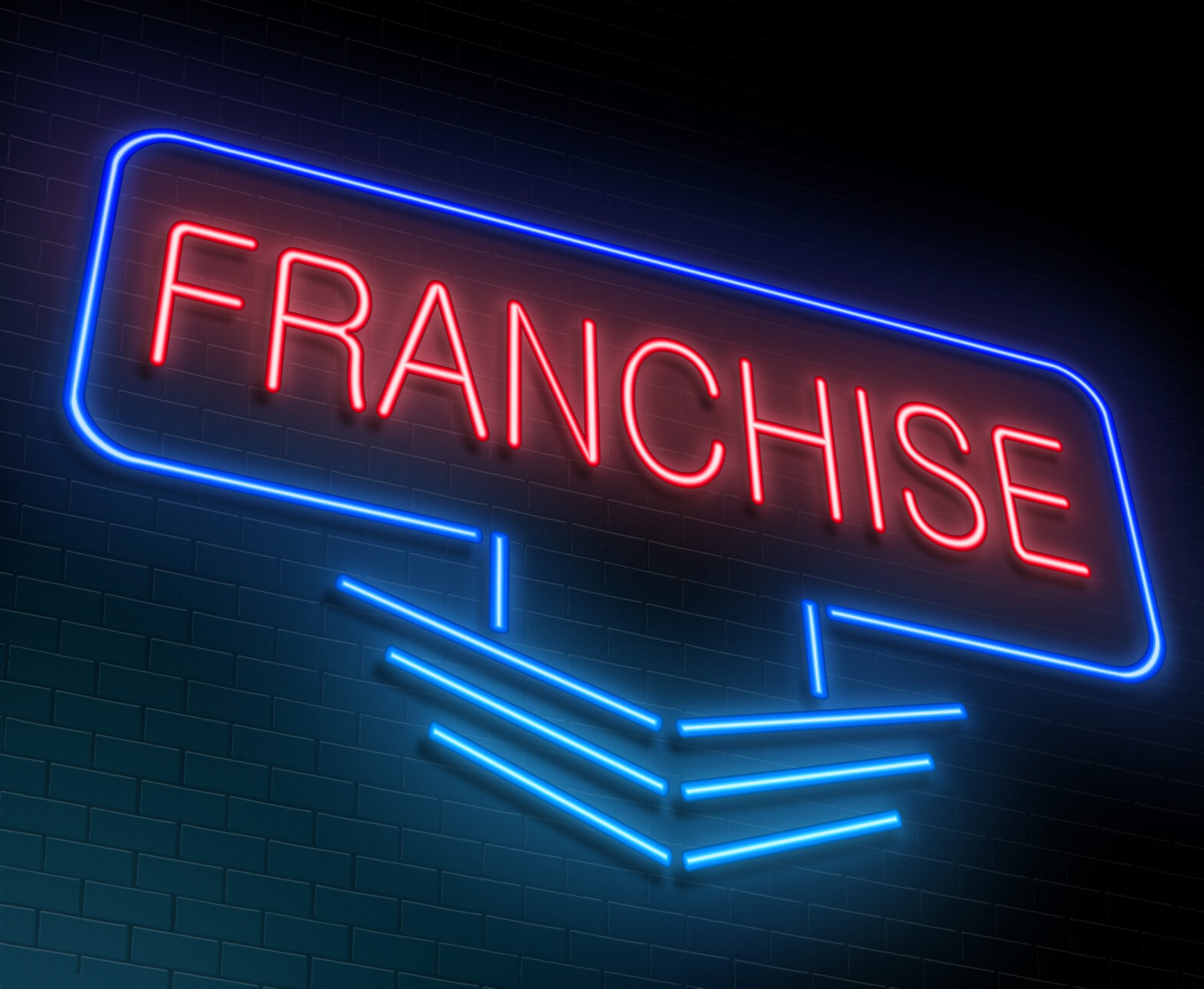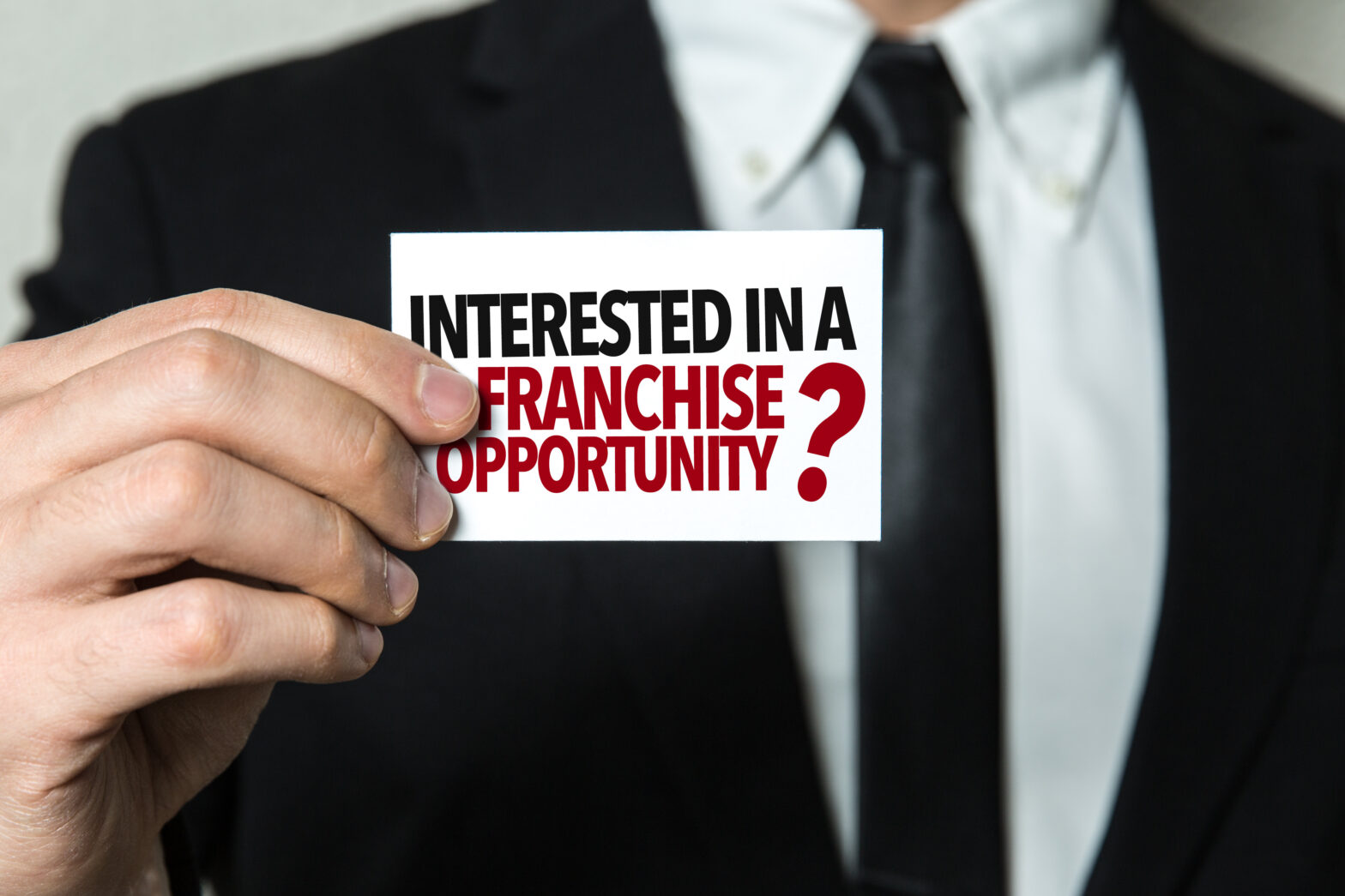Peter Searle, Business Doctors franchisee for Maidstone, discusses what the process of setting up a franchise arm entailed for him and what potential franchisees should expect from the process.
1. How did you find out about the franchise arm and what were you doing before?
After a session in the gym I was having a coffee and started to browse a copy of Making Money magazine. There was an article in there about Business Doctors and it caught my interest as it was a business solely focused on doing what I most enjoyed about my employed role. Prior to starting Business Doctors I was an area director at a multi-billion pound property, construction and services company.
2. Procedurally, what were the steps you went through to get set up?
Setting up was easy. Firstly I met with the franchisors. They gave me a copy of a book called ‘Streetwise Franchising’ which explained the process and the pros and cons of the franchising model. It was then a case of dovetailing in the business aspects.
Initially, I did some due diligence on the business and spoke with other franchisees. Once I had done this and run a draft cash flow I started down the formal route.
I registered a company name, got a business bank account and then had the contract reviewed by a franchise lawyer.
The great thing about a franchise arm is that apart from this, everything else was included in the fee, so things like the first year’s insurance, website, email, letterheads, the launch press releases and so on. The only other things I had to do to become legal and start trading was arrange to register for VAT and data protection.
3. How did you raise money?
The fee for the franchise arm was raised from by taking cash out of my pension. The joke was that at the time the rules had just changed on this and people were spending their pension pots on Harley Davidsons and Lamborghinis. I dealt with my mid-life crisis by spending the pension pot on a franchise as I thought it would be less risky.
4. How did you go about marketing?
A mixture of marketing took place. Some the franchisor arranged such as press releases. The Business Doctors’ model relies on building relationships by networking and then holding seminars which begin clients on their journey of understanding their business issues and developing a strategic plan. I followed the model by holding seminars and offering to speak at networking events.
5. How did you grow your turnover?
Turnover grew by engaging with a few clients and then word of mouth referrals started to occur. As the number of clients increased and I got known more in the area, people started to be pointed in my direction. Knowledge of what worked in the area and what was not so successful built up. So I continued to do exhibitions and form relationships with referral organisations. With the referral organisations it was a case of picking ones which had a client base which was consistent with my target market. As a Business Doctor you have to take your own medicine, ie look at market segmentation, look at best communication channels, be aware of your differentiator and focus on delivering a service clients were happy to refer.
6. Any stories about the whole franchise experience?
Franchisees go through a series of ups and downs. The relationship with the franchisor also changes as the franchise develops. Because there is an expectation from franchisees about the level of support from the franchisor, it is not uncommon at networking functions to find a number of franchises swapping stories about their experience. The added dimension of the franchisor relationship is fascinating. How quickly camaraderie emerges between franchisees from different franchises, when they meet, indicates the strength of the franchise process.
7. What advice would you give to others going into franchising?
Franchising is like any other business; you have to do your research, although the model should already be proven. The time taken to get going should be quicker as the training should save the trial and error associated with a new business. For the value of the franchise fee you should expect to get income quicker than if you were starting alone, and once up and running, the brand strength of the franchise should benefit the pace of growth. These are the fundamental reasons for taking on a franchise arm and until a franchise is established it is on a growth journey itself. Find out how that journey is going and how they intend to scale the support for the franchisees and develop the franchise, to keep ahead of any completion.




